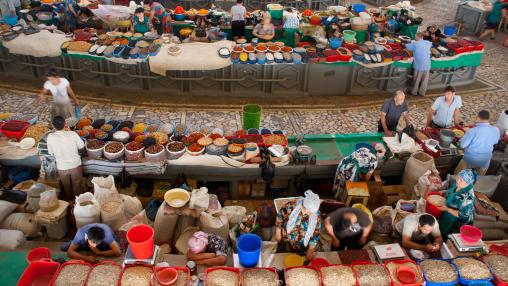
AMIS sees strong potential staple crop production in 2025, but trade, climate uncertainties remain
The FAO Food Price Index fell marginally in May but remained 6 percent higher than its May 2024 level. The decline was driven by falling cereals, sugar, and vegetable oils prices.
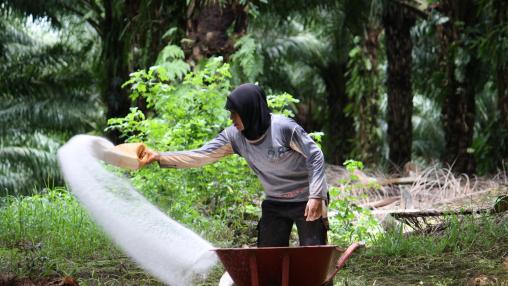
Tracking Fertilizer Price Volatility: Expanding the Food Security Portal’s Excessive Food Price Variability Early Warning System
Fertilizer is a critical input for agricultural productivity, and its increased use has been closely associated with rising agricultural yields in many countries. In developing economies that rely heavily on fertilizer imports and are home to vulnerable smallholder farmers, fertilizer price spikes can pose serious risks. When farmers lack access to effective risk-sharing mechanisms, sudden or excessive increases in fertilizer prices can discourage adoption, disrupt planting decisions, and reduce productivity.
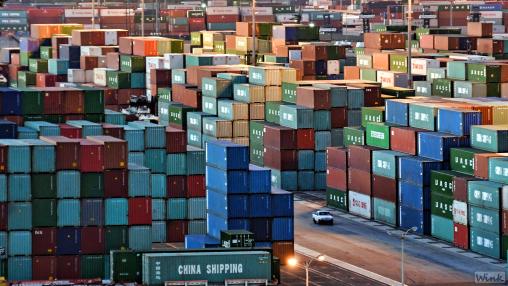
Uncertainties over Trade Continue to Raise Concerns for Food, Fertilizer Markets
The FAO Food Price Index rose 1 percent in April, driven by increasing cereal, dairy, and meat price. While the Index was 7.6 percent higher than its April 2024 level, it remains nearly 20 percent lower than the record reached in March 2022.
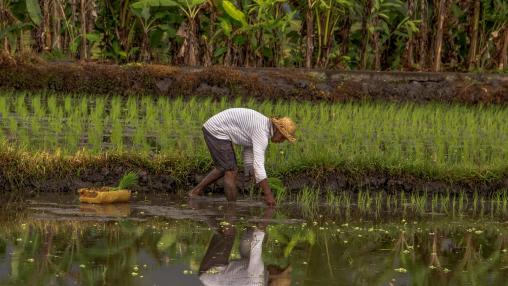
Commodity Prices Stable in March, But Concerns over Trade Remain
The FAO Food Price Index remained stable in March, with falling cereal and sugar prices balancing rising meat and vegetable oil prices. The Index was almost 7 percent higher than its March 2024 level but still remains significantly below March 2022 levels.
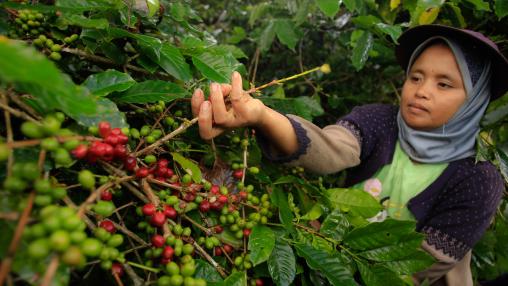
How ‘reciprocal tariffs’ harm agricultural trade
First in a blog series examining the potential consequences of the newly proposed U.S. tariffs for global agrifood trade.
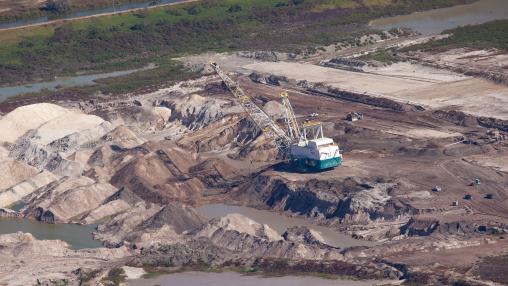
High global phosphate prices pose potential food security risks
Fertilizer prices experienced a significant surge in 2021, driven by the post-COVID 19 global economic recovery. Russia’s February 2022 invasion of Ukraine propelled prices even higher. Broad economic sanctions on key fertilizer exporters Russia and Belarus exempted agricultural products but triggered further economic disruptions. Overall, the conflict heightened market uncertainties regarding the availability of potash, phosphate, and nitrogen-based fertilizers in international trade.
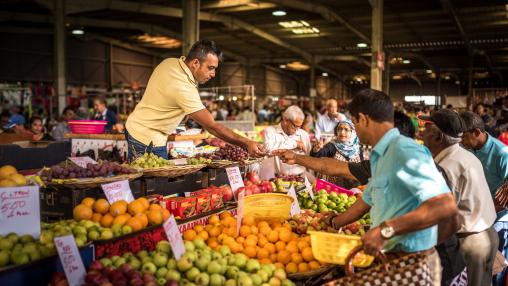
How do food and fertilizer price spikes and volatility impact Central America and the Caribbean?
Recurring spikes and high volatility in international food and fertilizer prices (Figure 1) have triggered economic impacts around the world over the past two decades. These major shocks include the global food price crises of 2007-2008 and 2010-2011, the market disruptions of the COVID-19 pandemic, and the Russia-Ukraine war. In the months after Russia’s February 2022 invasion, real global food prices reached the highest levels on record in more than six decades, while key global fertilizer prices more than doubled over those of the previous year.
Figure 1

Most Commodity Prices Decline, But Concerns Over Trade, Climate Remain
The FAO Food Price Index declined by 1.6 percent from December. While the Index was 6.2 percent higher than its January 2024 level, it remains 22 percent below its peak of March 2022.
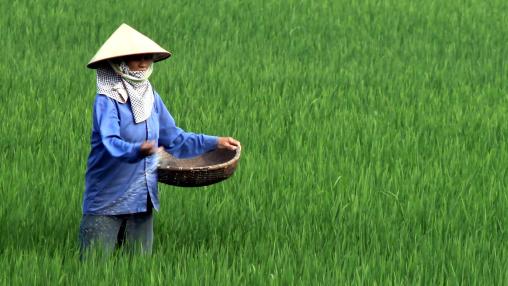
The Impact of Fertilizer Price Spikes on Fertilizer Use and Farm Profitability
Fertilizer use plays an important role in increasing agricultural production and ensuring food availability and economic accessibility: two critical components of overall food security. When global fertilizer prices skyrocketed in 2021-2022, those spikes brought with them concerns about drastically reduced fertilizer application and subsequent negative impacts on food production, prices, and food security.
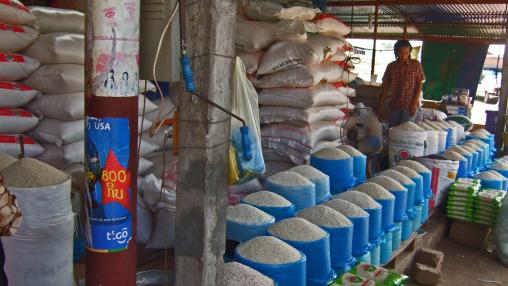
Food Prices Rise Slightly in 2024 But Remain Below 2022 Peak
In 2024, the FAO Food Price Index was 2.1 percent lower than its 2023 average. While the December 2024 Index was higher than its December 2023 value, it also remained well below the peak prices seen in March 2022.